From supporting multi-Grammy Award-winning singer Adele, to reimagining the iconic LA Fashion Week, Chuck Fetterly knows a thing or two about media and marketing. As the owner and CEO of TEC Direct Media, Fetterly has worked in every corner of the media business giving him a high level of expertise and insight into the tactics that do and don’t work.
In one of our early podcast episodes with Cheryl Broom, Chuck shared his insights about how to measure the impact of outdoor media, how to create the perfect mix of digital and traditional video advertising, and the importance of consumer data. To listen to the whole podcast, click above. For a few key takeaways, keep reading.
The Power of the QR Code
In the world of media buying, measuring the impact of your media spend for outdoor and digital media is crucial. Chuck emphasized the significance of not only eye-catching large-scale advertisements but also smaller, strategically placed traditional billboards.
Still, tracking the impact of outdoor advertising has always posed a challenge. Vendors provide formulas based on daily billboard traffic, but Chuck advised taking these figures with a grain of salt due to their questionable accuracy.
Enter QR codes, which have made a comeback in outdoor advertising over the last few years. Today, they are frequently used on billboards and various outdoor media to drive engagement and interaction. For example, Chuck’s company ran a successful campaign for a cable network’s LGBTQ+ programming, featuring painted murals with QR codes in Los Angeles and New York. Passersby could engage directly from the sidewalk, capturing the essence of outdoor advertising in the digital age, while also providing a concrete way to track engagement.
For Chuck, outdoor media continues to be an invaluable tool in a marketer’s arsenal with the QR code representing an important solution to the age-old problem of attribution.
Video Marketing in the Age of “Cord Cutters”
Reflecting on his 20 years in the business, Chuck acknowledges the seismic shift towards digital media, particularly the transformation in video consumption. The rise of “cord cutters” – those who have abandoned traditional cable for internet-based services – and “cord nevers” – the younger generation bypassing cable subscriptions entirely in favor of streaming platforms – has fueled the rapid growth of connected TV (CTV) and over-the-top (OTT) platforms.
For those who are unfamiliar with CTV and OTT platforms, these refer to streaming platforms such as Netflix, Hulu, and Amazon Prime Video that can be accessed on smart TVs, game consoles, or other streaming devices. The beauty of CTV and OTT platforms is that they allow viewers to watch their favorite shows and movies without the need for traditional cable subscriptions. This has led to a significant uptick in the number of viewers turning to CTV and OTT platforms for their viewing pleasure.
One of the key benefits of advertising through CTV and OTT platforms is the ability to use behavioral targeting to reach specific demographics. For example, many streaming services allow advertisers to target consumers based on factors such as age, gender, income, and interests. This means that advertisers can tailor their messages to specific groups of consumers, increasing the chances of getting the right message to the right people.
CTV and OTT platforms also provide additional targeting options such as geofencing, which allows advertisers to target viewers in specific geographic locations. This means that advertisers can customize their message to a particular audience in a particular area.
To reach a broader audience, especially younger demographics, Chuck recommends using the behavioral targeting of connected TV. But, if your goal is to also reach older consumers (like parents or grandparents), you may want to look at combining traditional local television advertising with your digital strategy.
How to Use First-Party Data to Drive Targeting
In this complex landscape of media channels, Chuck takes a simplified approach to understanding data by categorizing it into two main groups: first-party and third-party.
First-party data, such as email lists or website traffic, is owned by the clients and can be leveraged for retargeting or creating lookalike models. On the other hand, third-party data can be purchased to target specific demographics, such as 22-year-olds who don’t have college degrees. Third-party data allows marketers to reach a broader audience that they may not have access to otherwise.
According to Fetterly, one of the main advantages of using first-party data is the ability to retarget customers. Students (like all consumers) typically need multiple interactions with a college or brand to come to a decision. This approach supports this need by helping focus ads (and dollars) on people who have already visited your website reminding them of the brand and its products/services and drive them towards conversion.
Another benefit of using first-party data is the ability to create lookalike models. This approach involves finding people who share similar traits to your existing customers and targeting them with ads. We’ve used this tactic to great success in many of our community college campaigns—we’ve found it especially effective for program marketing where we know what kinds of people a program tends to attract.
Chuck compares the process of media buying to being your own attorney – it requires a significant amount of time and expertise, especially in the planning process. While anyone can buy media, quality agencies will ensure the client gets what they pay for by carefully monitoring and evaluating the media campaign’s performance. Interested in learning more?
The Seven Habits of Highly Effective Marketers
For more in-depth discussion of these topics and more, listen to the full episode here or download Episode 31 of Higher Education Conversations on your favorite podcast platform.


